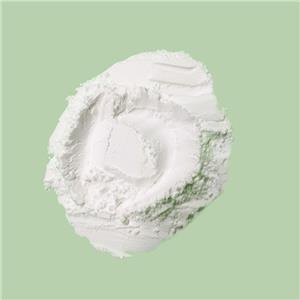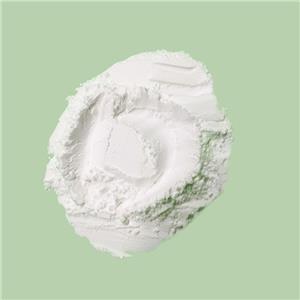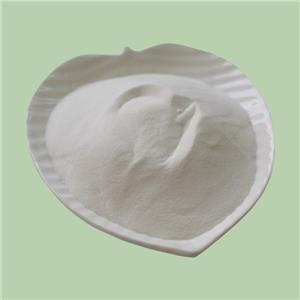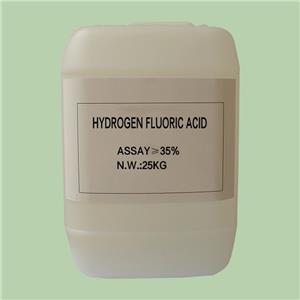the Caking Phenomenon of Ammonium fluorosilicate
Ammonium fluorosilicate, commonly known as ammonium hexafluorosilicate, is a versatile compound used across various industries, ranging from metal surface treatment to chemical synthesis. However, one persistent challenge encountered in its storage and usage is caking, where the compound agglomerates into solid masses. In this article, we explore the reasons behind the caking phenomenon of ammonium fluorosilicate, effective strategies for managing caked material.
Why Does Ammonium Fluorosilicate Cake Easily?
The propensity of ammonium fluorosilicate to undergo caking can be attributed to several factors:
1、Hygroscopic Nature: One primary reason for the caking tendency of ammonium fluorosilicate is its hygroscopic nature. Hygroscopic substances have a strong affinity for water molecules and readily absorb moisture from the surrounding environment. ammonium fluorosilicate, being hygroscopic, attracts water molecules through hydrogen bonding, leading to the formation of moisture-laden regions within the compound.
2、Particle Interactions: Another contributing factor to caking is the interparticle interactions among the individual particles of ammonium fluorosilicate. These interactions can arise from various forces, including electrostatic forces and van der Waals interactions. Electrostatic forces occur due to the presence of charged particles or dipoles within the compound, leading to attraction or repulsion between neighboring particles. Van der Waals interactions, on the other hand, are weak attractive forces that exist between all molecules and can cause particles to adhere to one another. Over time, these interactions promote the formation of particle aggregates and agglomerates, ultimately resulting in the formation of solid lumps.
3、Particle Size and Surface Area: The particle size and surface area of ammonium fluorosilicate can influence its caking tendency. Fine particles or materials with a large surface area are more susceptible to moisture absorption and particle interactions, as they offer greater contact area for moisture uptake and interparticle bonding. Therefore, materials with smaller particle sizes may exhibit more pronounced caking tendencies.
4、Moisture Content: The presence of moisture is a critical factor in promoting caking. Moisture acts as a binding agent, facilitating the cohesion of particles and the formation of solid masses. Even minor fluctuations in humidity levels can impact the moisture content of ammonium fluorosilicate, influencing its caking behavior.
5、Storage Conditions: The storage conditions of ammonium fluorosilicate greatly influence its caking behavior. Exposure to high humidity environments, inadequate ventilation, or direct sunlight can accelerate moisture uptake and exacerbate caking tendencies. Improperly sealed containers or packaging can also compromise the integrity of the stored material, allowing moisture ingress and promoting caking.
Handling Caked ammonium fluorosilicate:
When caking occurs, it is essential to address the issue promptly to restore the flowability and usability of the compound. Effective strategies for handling caked material include:
1、Mechanical Disruption: Gently break up the solid clumps or lumps using appropriate tools such as spatulas, hammers, or mortar and pestle. This mechanical disruption helps disperse the caked material into smaller particles, facilitating its handling and use.
2、Sieving or Milling: Pass the caked material through a sieve or mill it into finer particles to further break down the clumps and improve flow properties. Sieving separates larger aggregates from finer particles, while milling reduces particle size and disrupts agglomerates, enhancing the material's homogeneity and consistency.
3、Drying Techniques: If moisture is the primary cause of caking, employ drying techniques to reduce the moisture content of the material. Air drying, oven drying, or desiccant-assisted drying can effectively remove excess moisture, mitigating agglomeration tendencies and restoring flowability.
4、Homogenization: Thoroughly mix or blend the caked material to ensure uniform distribution of moisture and particles. Homogenization techniques such as tumbling, stirring, or using mechanical mixers help restore homogeneity and enhance the material's consistency.
5、Quality Control: After addressing the caking issue, perform quality control tests to assess the material's physical and chemical properties. These tests may include particle size analysis, moisture content determination, and chemical composition analysis to ensure that the material meets the desired specifications for its intended use.
In summary, the caking phenomenon of ammonium fluorosilicate poses challenges in storage and usage. Understanding its hygroscopic nature, particle interactions, and storage conditions is crucial. Effective handling techniques like mechanical disruption, sieving, drying, and homogenization can restore caked material usability. To prevent caking, optimize storage, use airtight packaging, employ desiccants, and practice proper handling. These strategies ensure the reliability of ammonium fluorosilicate in various applications.




